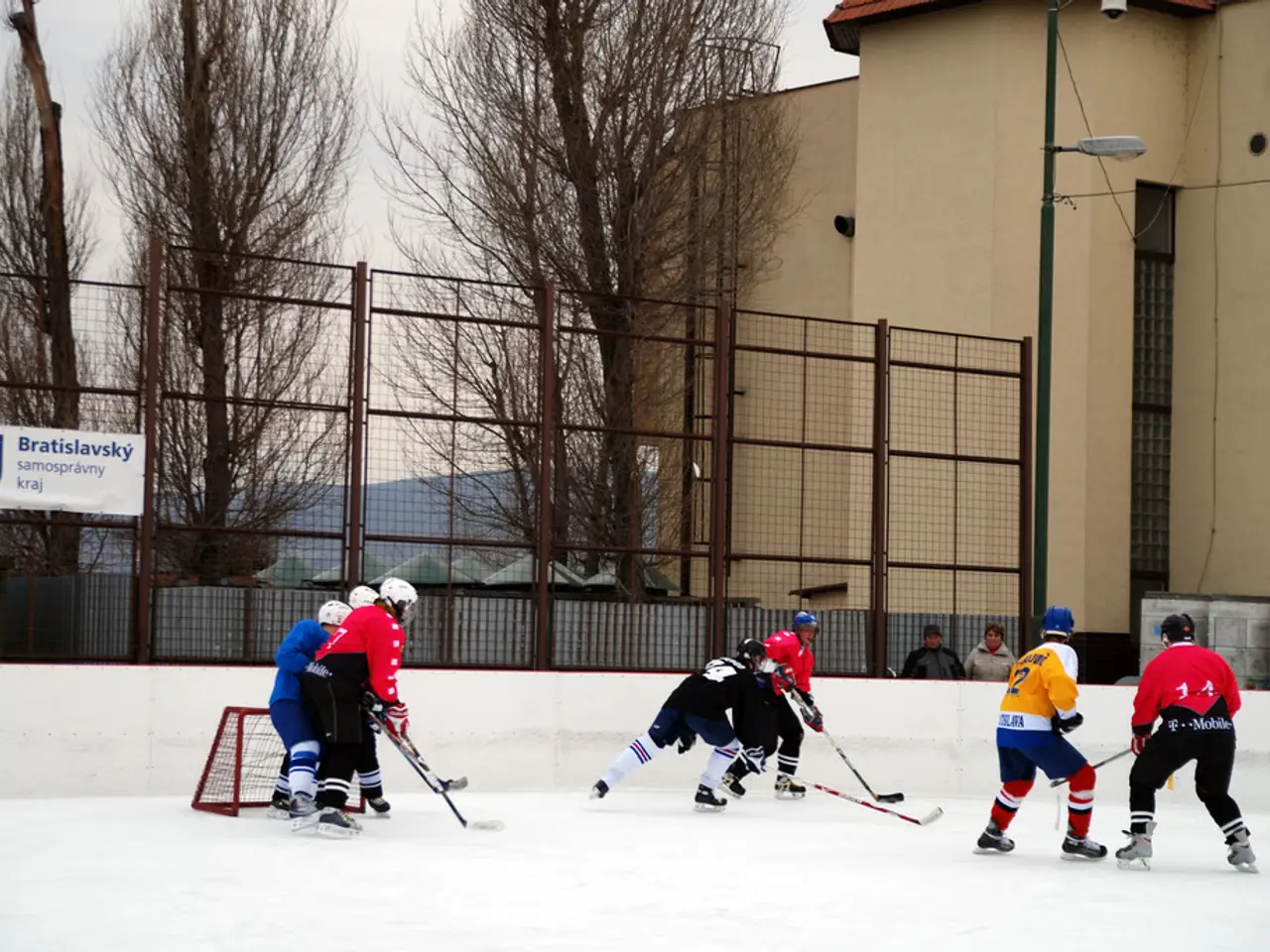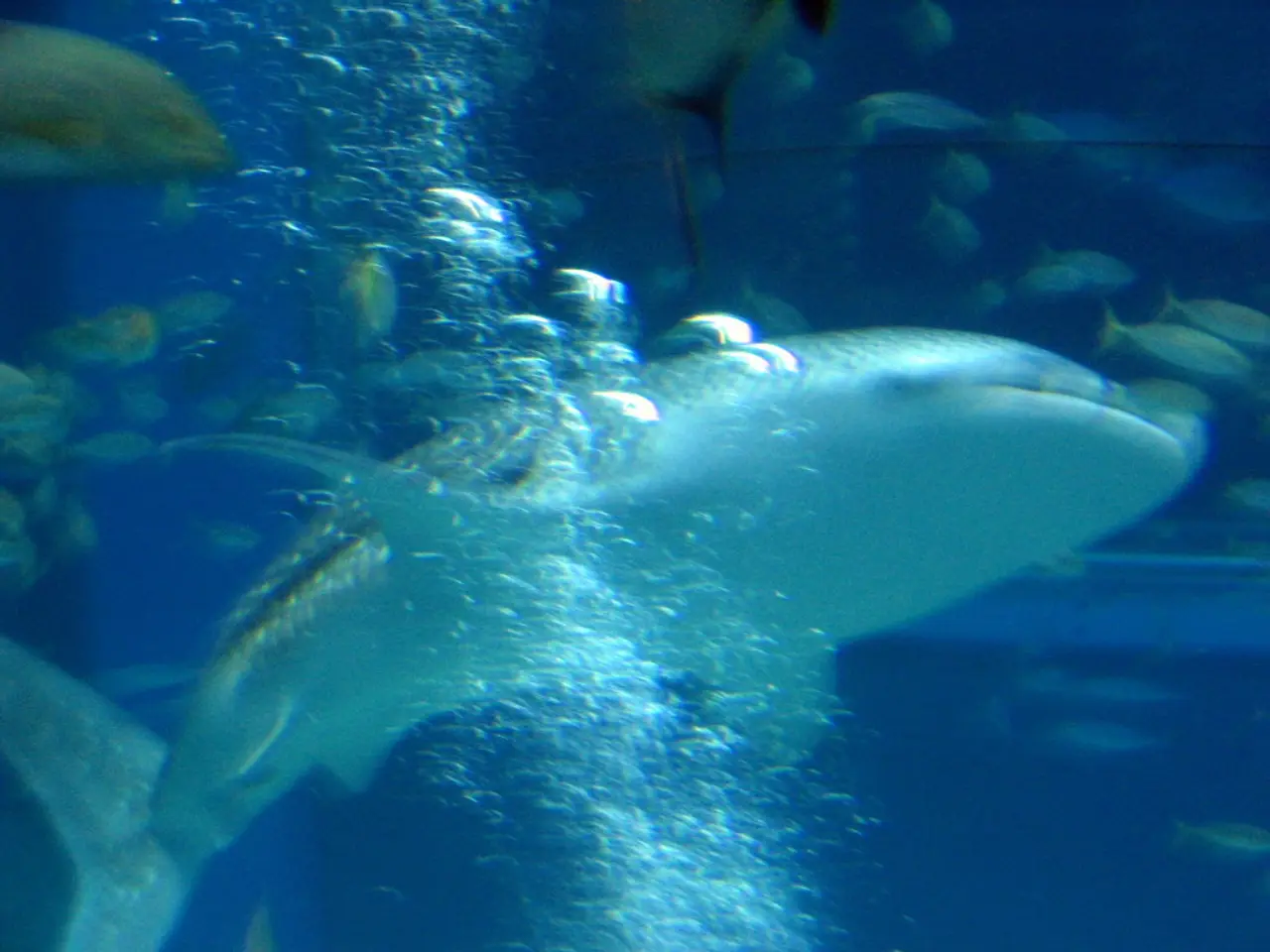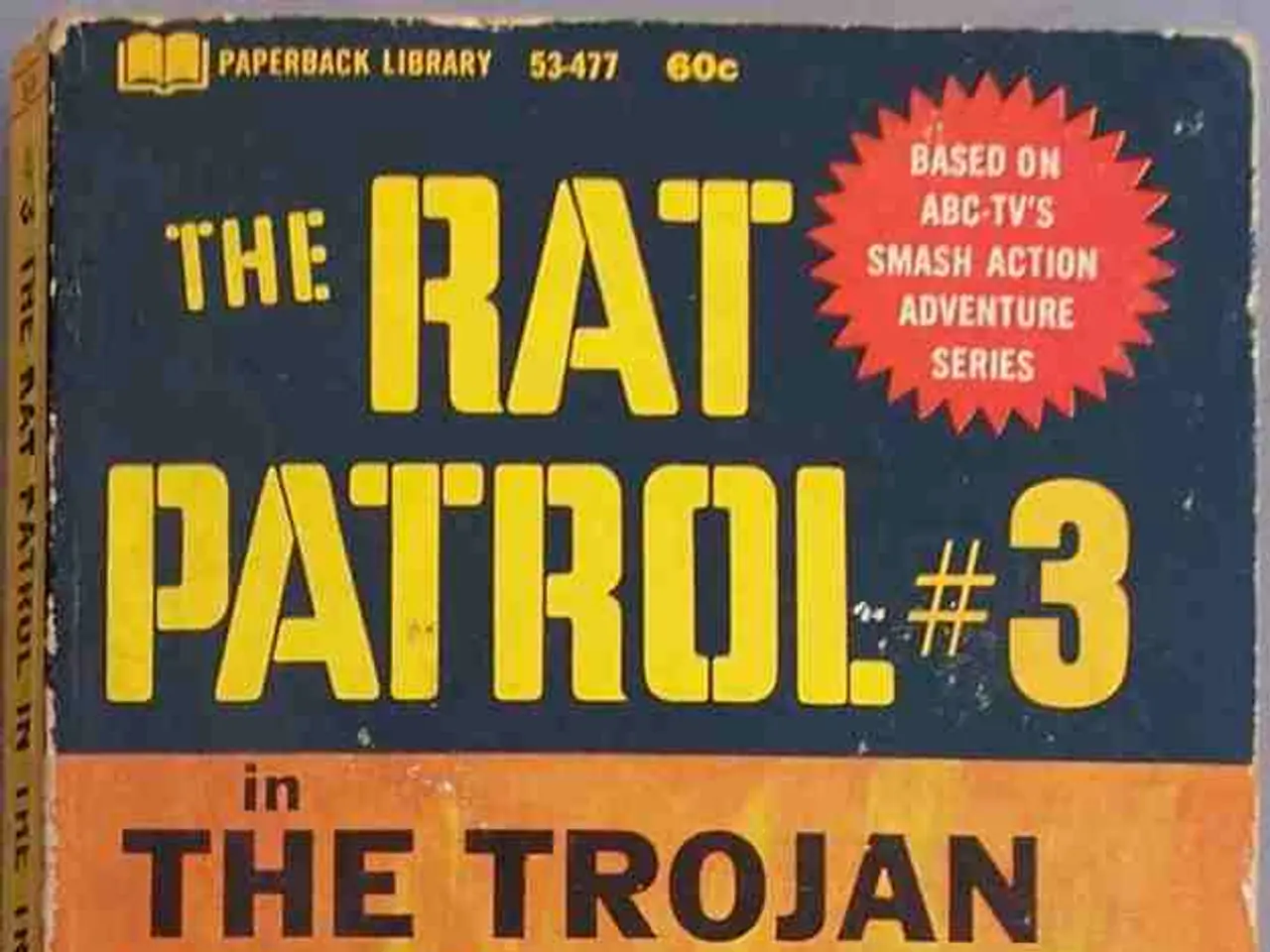Different types of carbon materials exhibit unique properties and behaviors.
In the world of high-end hockey, the demand for brands like Bauer and CCM has led to an unfortunate rise in counterfeit products. Many consumers have unknowingly purchased counterfeit sticks, discovering the issue only after using them on the ice.
Counterfeit sticks can be found on resale platforms such as SidelineSwap, Kijiji, or Facebook Marketplace, with little control over the ads posted there. These counterfeit sticks are often sourced from China and sold as their own products by small businesses.
So, how can you identify a counterfeit stick? Here are some key ways to spot a fake CCM or Bauer hockey stick:
- Check the seller and price: Counterfeits are often sold by unknown sellers at significantly lower prices than retail. Be cautious if the deal seems too good to be true.
- Examine the packaging: Authentic CCM and Bauer sticks come with high-quality packaging, including proper branding, barcodes, and sometimes holographic seals. Poor printing, misspelled words, or flimsy packaging are red flags.
- Look for official logos and graphics: Genuine sticks have precise, crisp logos and consistent graphics. Counterfeits may have blurry, faded, or uneven logos.
- Inspect the stick's build quality and materials: Authentic sticks from CCM and Bauer use advanced composite materials with tight seams and uniform finishes. Fakes may feel lighter, have rough textures, or unusual coloring.
- Check the model and serial number: Many genuine sticks have serial numbers or batch codes. Verify these with the manufacturer’s database or customer support.
- Compare with official product images: Cross-check key features such as shaft patterns, curve, flex numbers, and color schemes against official CCM or Bauer websites.
- Ask for detailed photos or videos before purchase: Request close-ups of branding, shaft labels, and stick curves.
- Trust official retail channels: Buy from authorized dealers or the brands’ official online stores whenever possible.
If uncertain, contacting the manufacturers directly for authentication advice is recommended. It's important to note that the structure of a composite stick is hard for an average consumer to evaluate without lab testing.
Louis Laberge Lebel, a mechanical engineering professor at Polytechnique Montreal, emphasizes this point, stating that it's difficult for consumers to discern the quality of a counterfeit stick without specialized equipment.
Craig Desjardins, Bauer Hockey's vice-president of brand management, also warns that counterfeit products do not present the quality and performance characteristics of authentic Bauer products. The quality of counterfeit sticks may not faithfully reproduce the complex know-how behind high-end hockey sticks, leading to differences in feel and performance.
Bauer recommends buying only from authorized dealers or on their official website to avoid counterfeit sticks. Despite the growing issue, the exact methods for identifying counterfeit hockey sticks, especially CCM and Bauer models, in online marketplaces remain elusive.
The popularity of brands like Bauer and CCM has unfortunately encouraged counterfeiters, who often produce their products with questionable materials and inferior quality. Be vigilant when shopping for hockey sticks online and follow these tips to reduce the risk of buying a counterfeit stick.
- Counterfeit hockey sticks, such as those claiming to be from Bauer or CCM, can frequently be found on resale platforms like SidelineSwap, Kijiji, or Facebook Marketplace, often being sold by small businesses who claim they are authentic.
- To identify a counterfeit CCM or Bauer hockey stick, carefully inspect the stick's build quality and materials, as authenticated sticks should have advanced composite materials with tight seams, uniform finishes, and precise, crisp logos.








